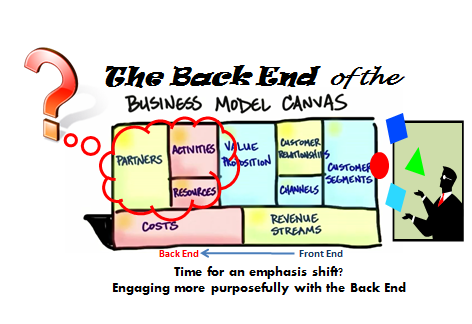
So what does block innovation? Arguably there are plenty of things up and down organizations: a lack of resources, an overcrowded portfolio of ideas, a lack of dedicated people, treating innovation as one off, keeping it isolated and apart from mainstream activities. The list could go on and on, no question.
Let’s take a different perspective.
If you could ask those that lead innovation, your senior organizational leadership, a series of question that might help unlock innovation blockages would that be valuable? This would need a good external facilitator as my recommendation who has deep innovation knowledge and expertise, able to manage the ‘dynamics’ within the room.
What would happen if you could get the leadership in a room together to discuss innovation which would allow innovation dialogues to emerge? Perhaps allowing those conversations that begin to build a common understanding, a common language for innovation?
Different views can surface for the challenges but they all need addressing. Gaining a working consensus to share across the organization so these blockages can be openly discussed and in time resolved.
Continue reading “Surfacing ten great intractable’s for innovation’s resolution”



